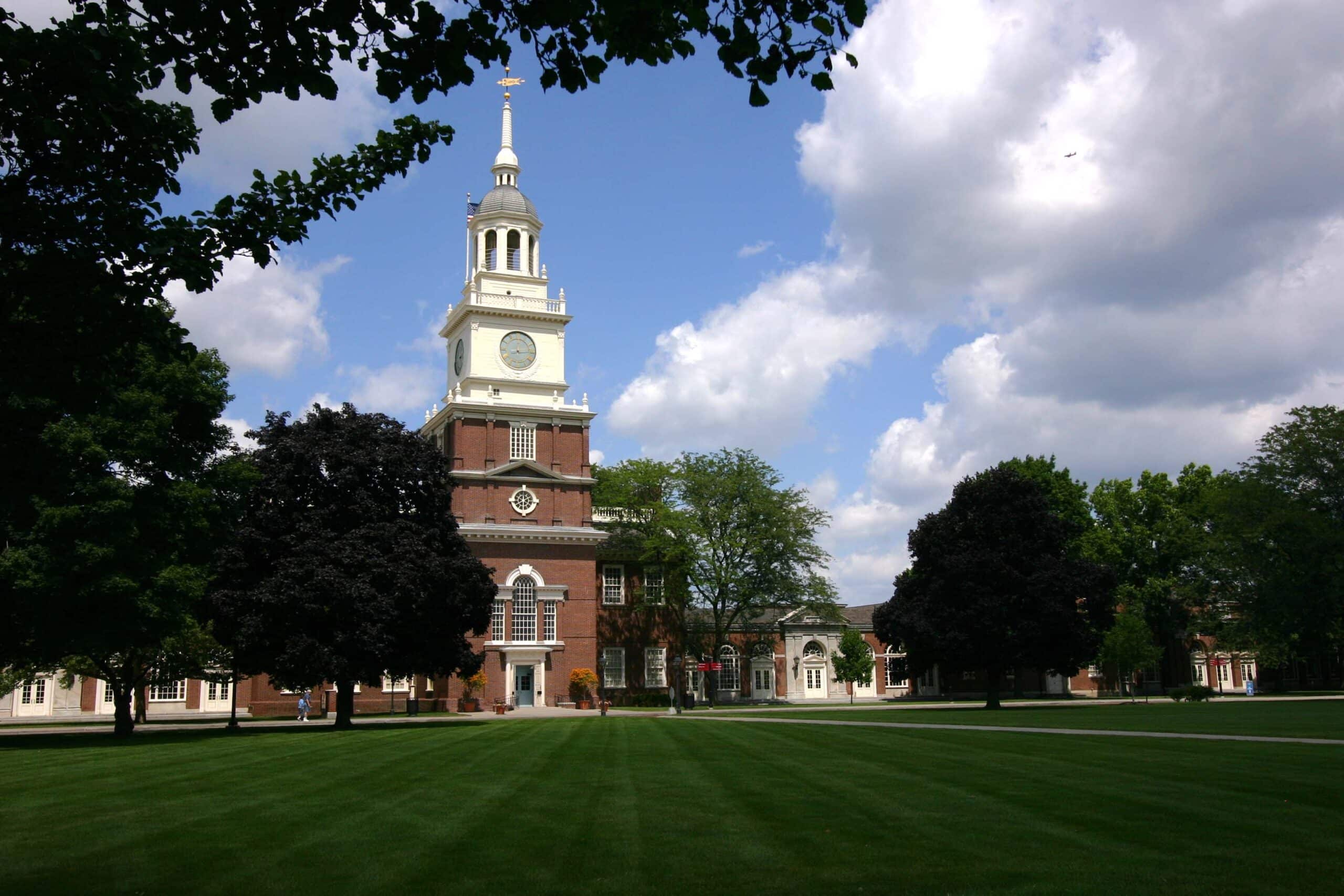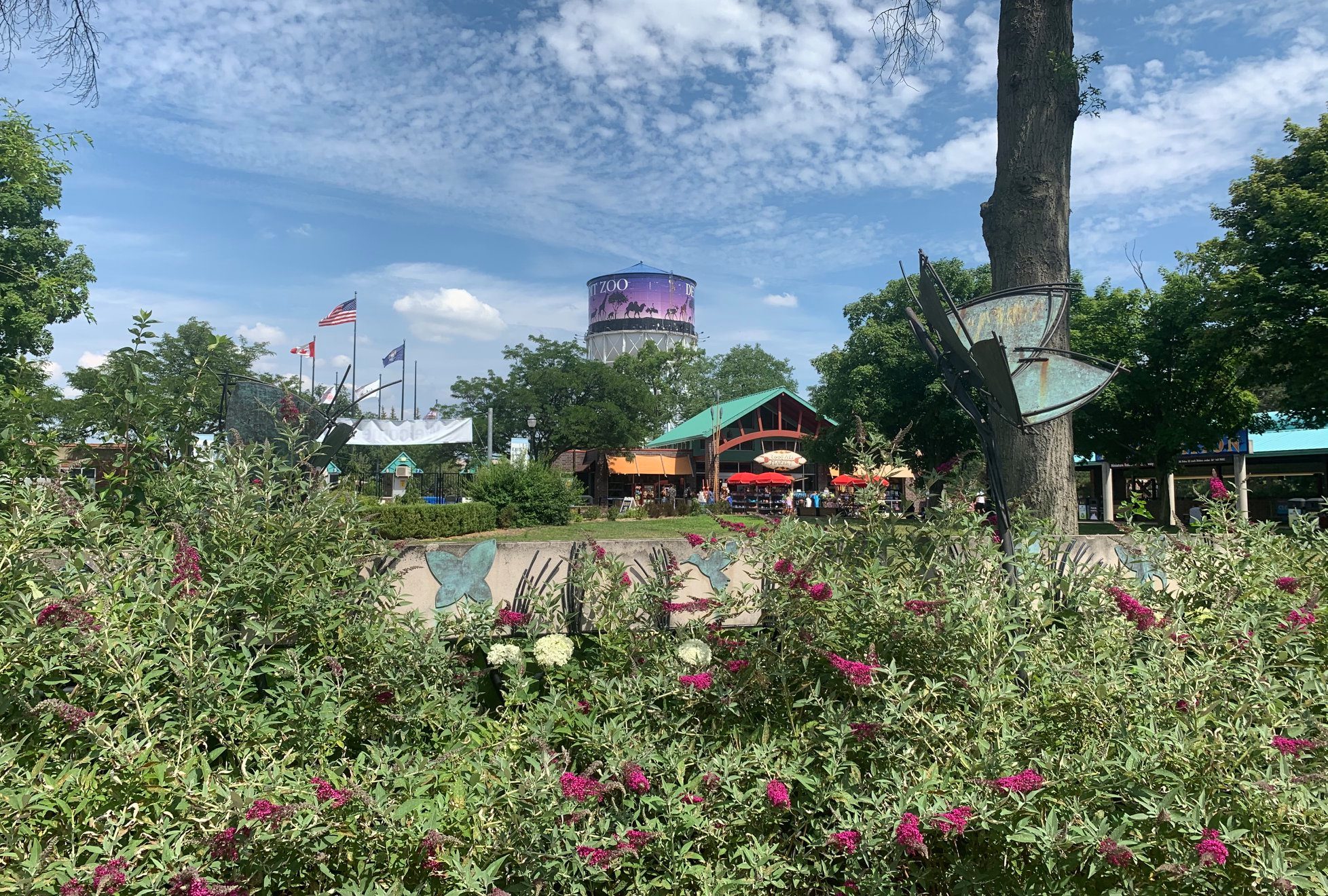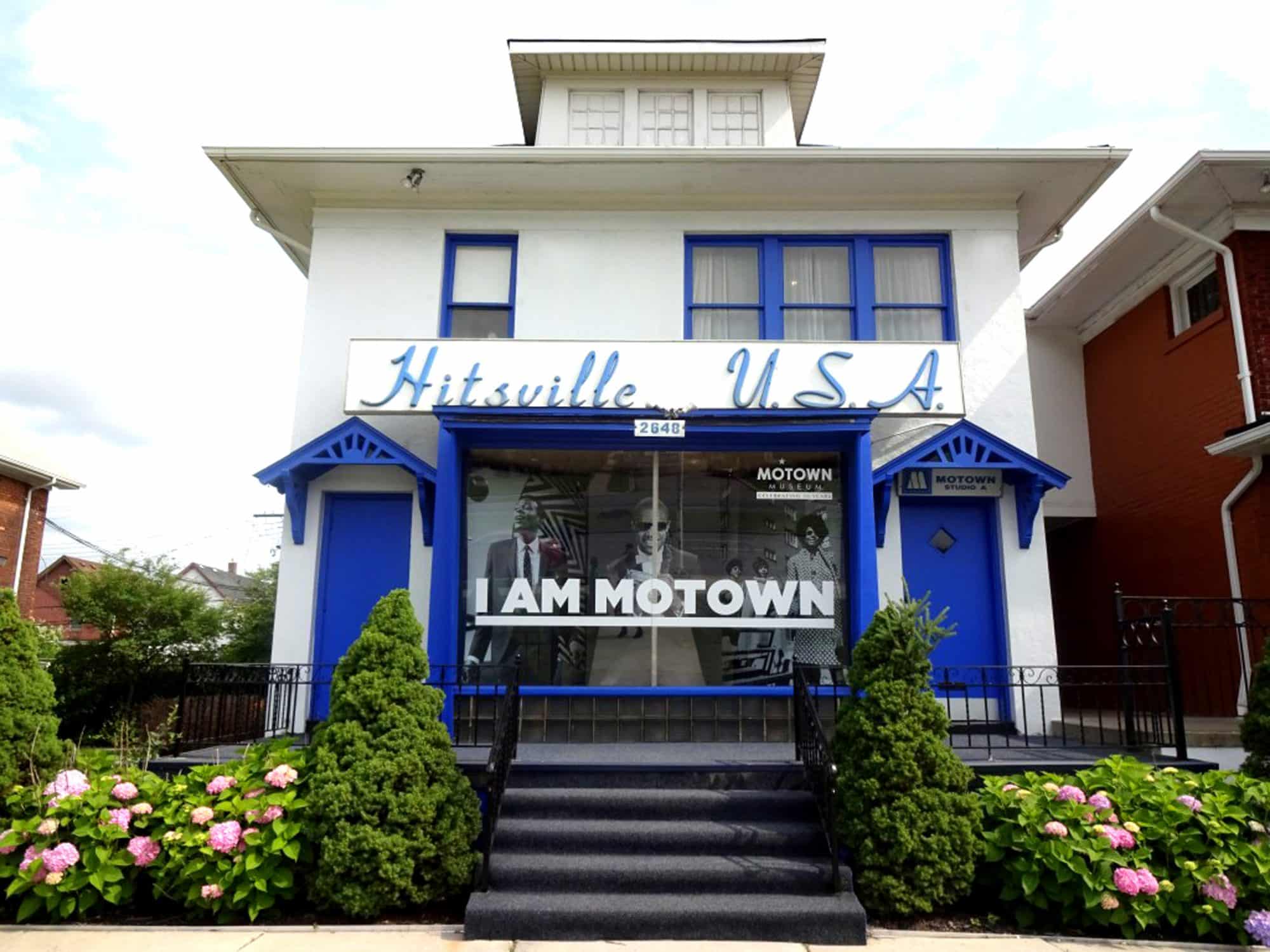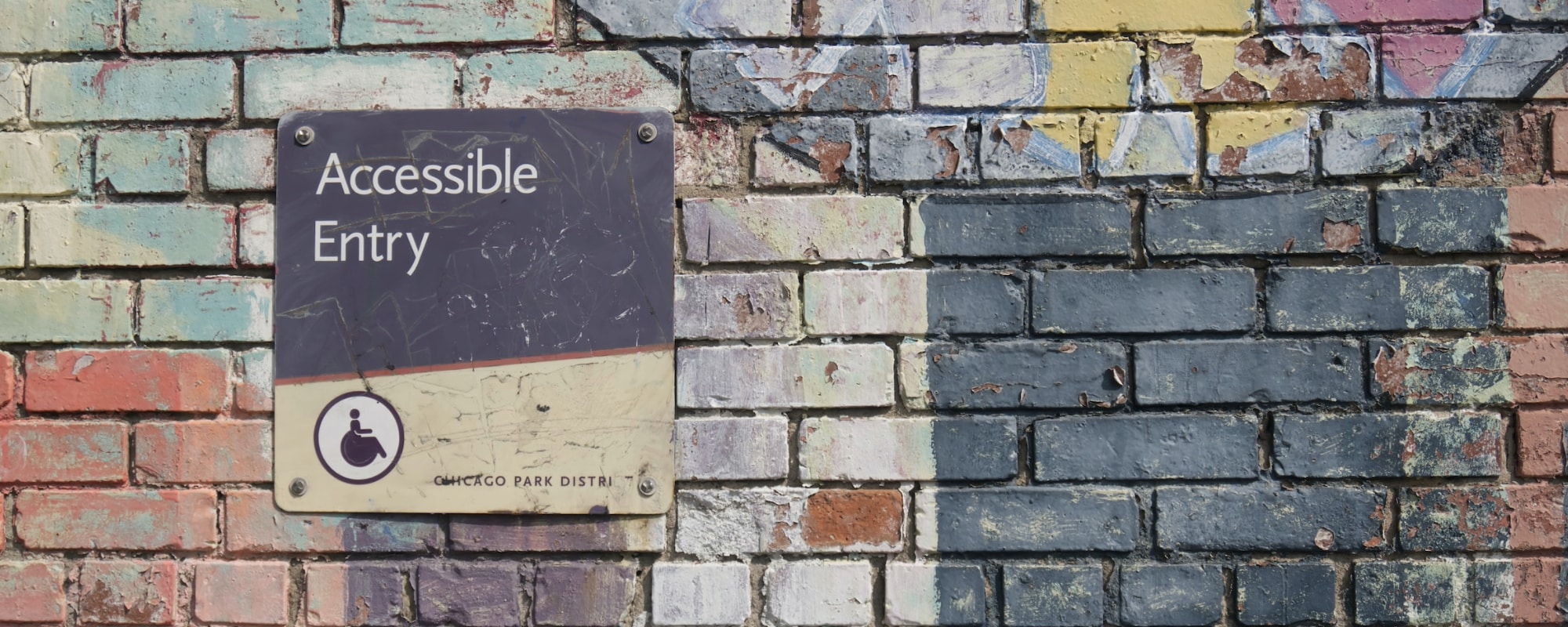The Americans With Disabilities Act defines disability as, “a physical or mental impairment that substantially limits one or more major life activities,” and according to CDC statistics, 27% of all Americans have some form of disability. That’s one in four people.
Learning more about accessibility and designing spaces more intentionally is one way to ensure that arts organizations are considering the needs of persons with disabilities. Accessibility initiatives ensure that all patrons of our cultural institutions feel welcome, important, and of equal value to those around them through language, amenities, and programming.
Accessibility can take many forms:
- Ramps, elevators, and barrier-free entrances and parking on an organization’s premises
- Hearing loops, large print, and braille pamphlets and signage
- Weighted lap blankets, headphones, or quiet areas for those who are overstimulated easily
- Staff trained in assisting groups of diverse ability
- Clear information about the accessibility level of programs
To get an idea of how arts organizations across Southeast Michigan are making their facilities more accessible, we’ve highlighted a few accessibility initiatives at CultureSource member organizations to serve as inspiration to get you thinking about inclusivity.

The Henry Ford
What They Offer
- Wheelchair and scooter accessibility in all buildings and bathrooms for limited mobility patrons
- Sensory-friendly programing and sensory kits available for those on the autism spectrum
- Visually descriptive and tactile tours for blind and low-vision patrons
- Sign language interpreters and assisted listening headsets available for the deaf and hard of hearing
- Allergen labels on food in their restaurants and cafeteria
- Quiet areas for overstimulation
- Lactation pods for nursing mothers, though they also permit nursing in public pursuant to Michigan’s Breastfeeding Anti-Discrimination Act
How They Succeeded
The Henry Ford has a thorough and comprehensive amount of accessible amenities available, and can be viewed easily (found in less than 3 mouse-clicks) on their website, with each type of accessibility well defined, with the added recommendation of calling ahead if any accommodations are needed that are not specifically listed.

Detroit Zoo
What They Offer
- Wheelchair and scooter accessibility for limited mobility patrons including motorized doors
- Benches placed along routes for resting areas
- Sensory bags and staff training through Autism Alliance of Michigan and KultureCity for autism safety training
- Sign language and assisted listening devices for deaf and hard of hearing patrons
How They Succeeded
Much like The Henry Ford, the Detroit Zoo offers a wide range of accessibility information and offerings. They also offer staff training specifically for working with autistic patrons, which is unique. Their website is also easy to navigate, and they are more than willing to assist patrons who need special considerations.

Detroit Historical Museum
What They Offer
- Wheelchair and scooter accessibility as well as free-to-use wheelchairs if needed
- Tactile digital and physical gallery experiences available for blind or low vision patrons
- Closed-captioning available for deaf or hard of hearing patrons
- Sensory bags and weighted lap blankets for those on the autism spectrum
- Public nursing or bottle feeding permitted in the entire museum, but quiet areas for this are also available if desired
How They Succeeded
The Detroit Historical Museum has up-to-date information on their website, has wheelchair accessibility to all of the museum, and has a variety of amenities available for patrons who might need it.

The Purple Rose Theatre
What They Offer
- Wheelchair accessibility to the building including ramps, elevators, and push-button doors
- Wheelchair and companion seating available
- Hearing assistance and hearing loop technology available for the hard of hearing
- Large print programs available for low vision patrons
- Accessibility page is easy to find and accessed under the “About” tab

Motown Museum
What They Offer
- Wheelchair accessible
- Offers customized tours to fit the needs of the patron
- Website is very easy to navigate and has contact information directly available
- Accessibility page is found by scrolling to the bottom of the page, though this might not be as intuitive
How to Get Started
Understandably, accessibility features are easier to implement at larger organizations that are well funded.
However, small and mid-size organizations can make change through small action:
- Have an easy-to-find, up-to-date page on your website detailing what forms of accessibility are already available to the public
- Offer staff training for assisting those with disabilities. CultureSource runs a Professional Development Minigrant program that supports this type of training. Learn more.
- Small program updates like larger-print programs, or investing in a hearing assistance device can go a long way.
- Consider taking the ADA 504 Self-Assessment test to see where your organization stands. It is free to take, and is a requirement for any endowment recipients for the National Endowment for the Arts’ grants.
Looking for more information on accessibility? Check out the Michigan Alliance for Cultural Accessibility and CultureSource accessibility resource hub.
This article was produced in part by Lily Walbridge, CultureSource’s summer intern. Lily is an undergraduate at the University of Michigan studying history, and a History Docent at the Detroit Observatory. She is currently preparing for a Masters program in Library Information Science with certifications in archival work and non-profit management.
Please note the list of available accessibility amenities included in this article does not cover the entirety of those offered at these organizations. Visit each organization’s website for a full list of features.


